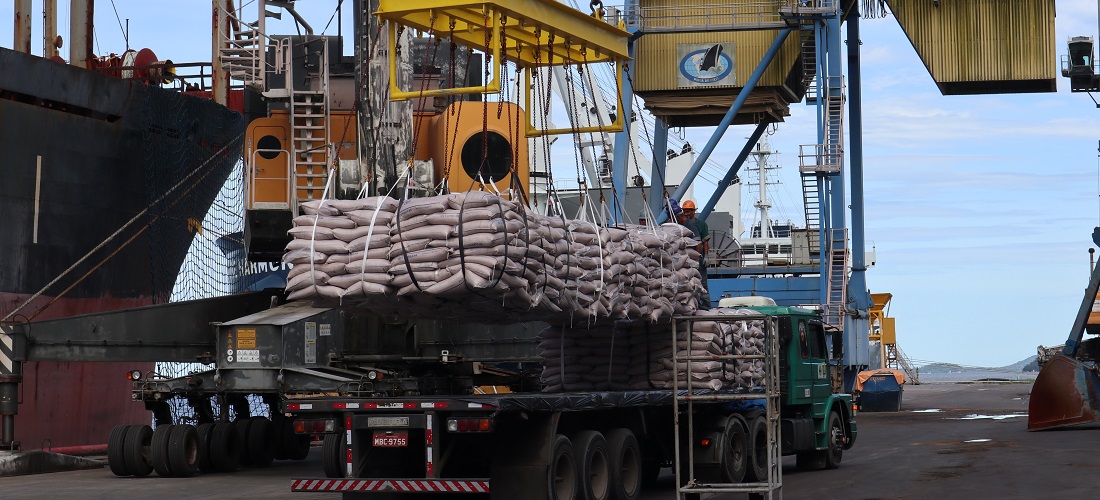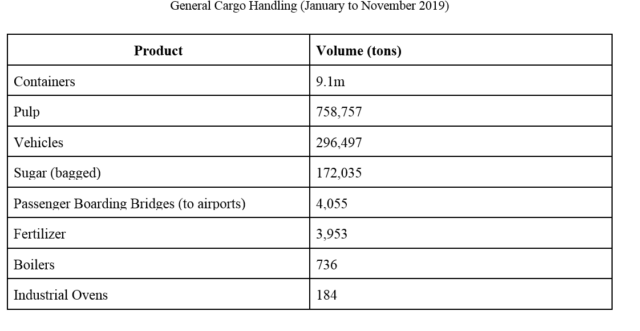
Vehicles and containers are highlights in the ports of Paraná
Dec, 12, 2019 Posted by Sylvia SchandertWeek 201951
General cargo handling through the ports of Paranaguá and Antonina increased by 7%. There were about 10.34m tons imported and exported from January to November this year. About 9.66m tons were exported and imported in the same period in 2018. The increase in this segment is mainly driven by containers and vehicles.
In the eleven months of the year, there were 794,643 containers units handled (TEUs); 398,648 import and 395,995 export. The number is 12% higher than the one in 2018 for both imports and exports. Last year, there were 707,453 units.
The number of vehicles handled by the Port of Paranaguá, from January to November, increased by 7%. There were 124,723 vehicles this year, while last year there were 116,899. Considering only November, almost four times more cars were exported than imported. In the month, there were 12,443 vehicles for export and 3,745 for imports.
Other products – In addition to containers and vehicles, the products in the general cargo segment that had the most movement in the period in the ports of Paraná are pulp, sugar (bagged), and items and parts used in the industry and other areas.
The bagged sugar is exported by both the Port of Paranaguá and by Antonina. In Antonina, the movement of the product also presents a high of 7%. This year, from January to November, almost 49,000 tons were exported. In 2018, there were 45,500 tons.
Segments – Paraná’s terminals operate in three segments: general cargo, liquid bulk (mainly vegetable oil, petroleum derivatives, methanol, and alcohol) and solid bulk (mainly salt, fertilizers, wheat, malt, and barley in imports; and soybean, corn, bran, and sugar in export).
To date, Paraná’s ports have handled more than 49.18m tons. The volume is 0.6% higher than in the period in 2018, which was 48.88m.
-
Ports and Terminals
Jul, 18, 2023
0
Access to Natal Port through Potengi River to be dredged soon
-
Shipping
Feb, 11, 2022
0
ZIM charters 13 ships from Navios
-
Shipping
Jul, 25, 2023
0
Grimaldi Lines ship runs aground in reef area of Gulf of Mexico
-
Ports and Terminals
Nov, 10, 2021
0
Port of Imbituba registers an increase of 84.4% in October turnover



